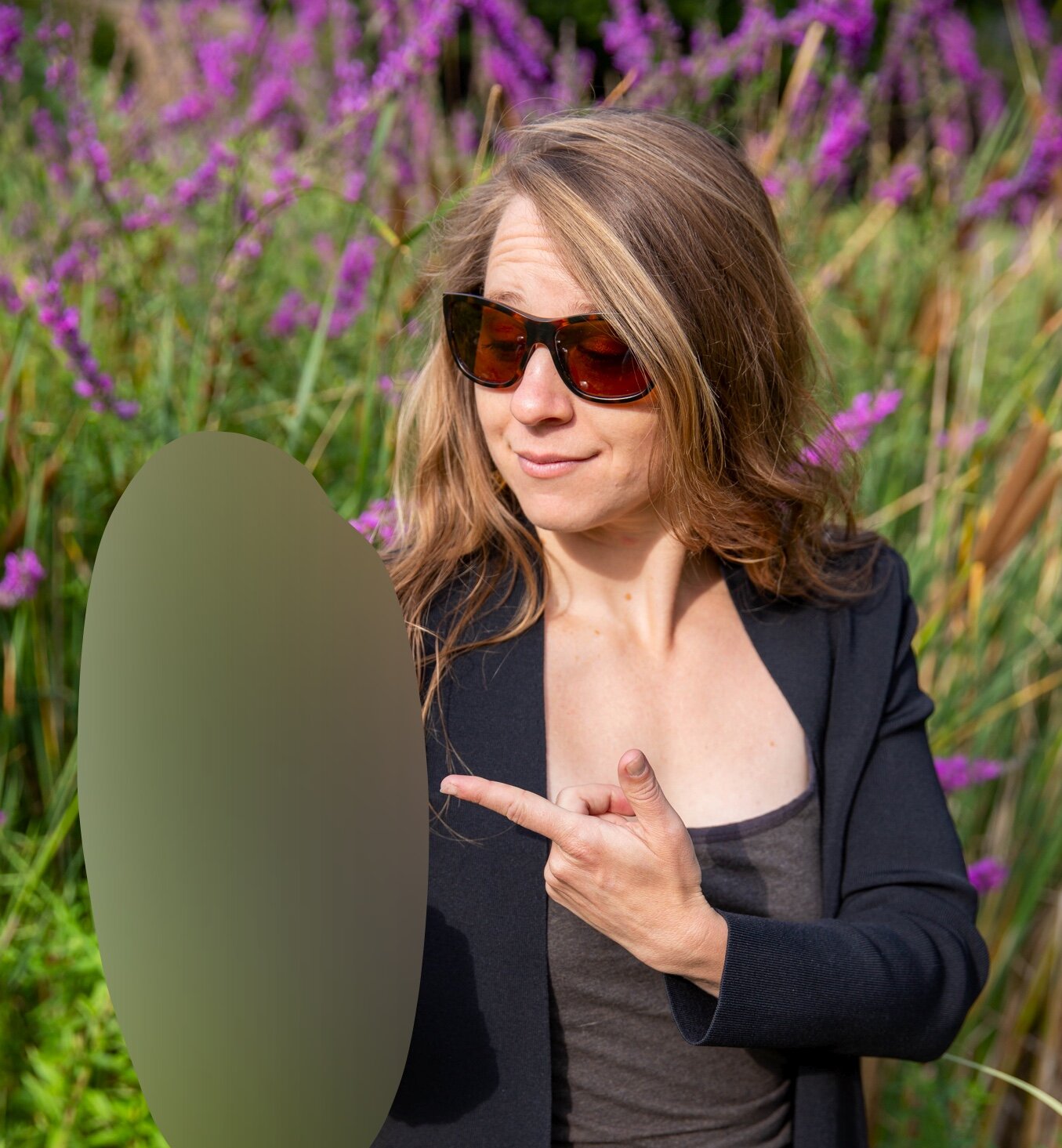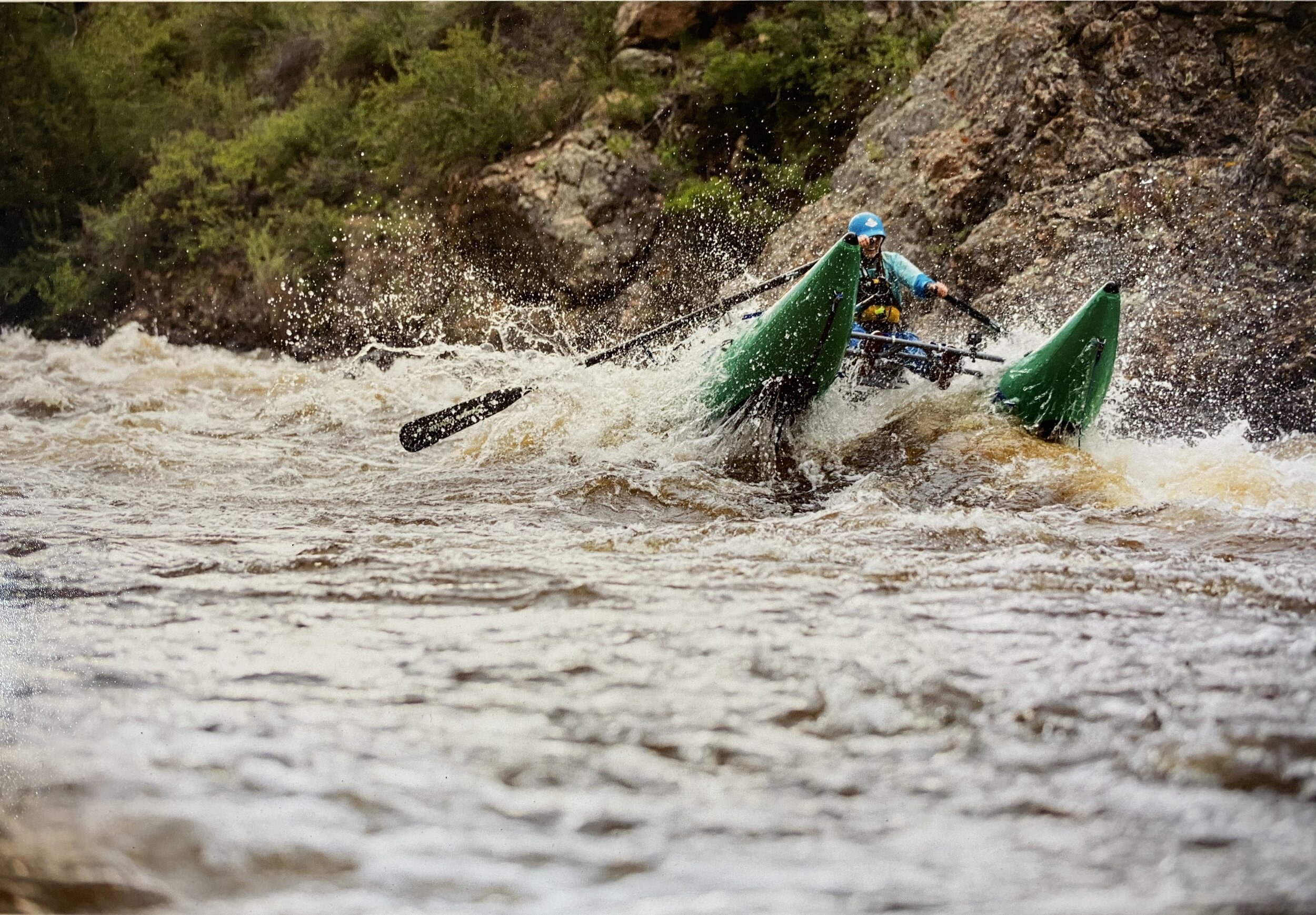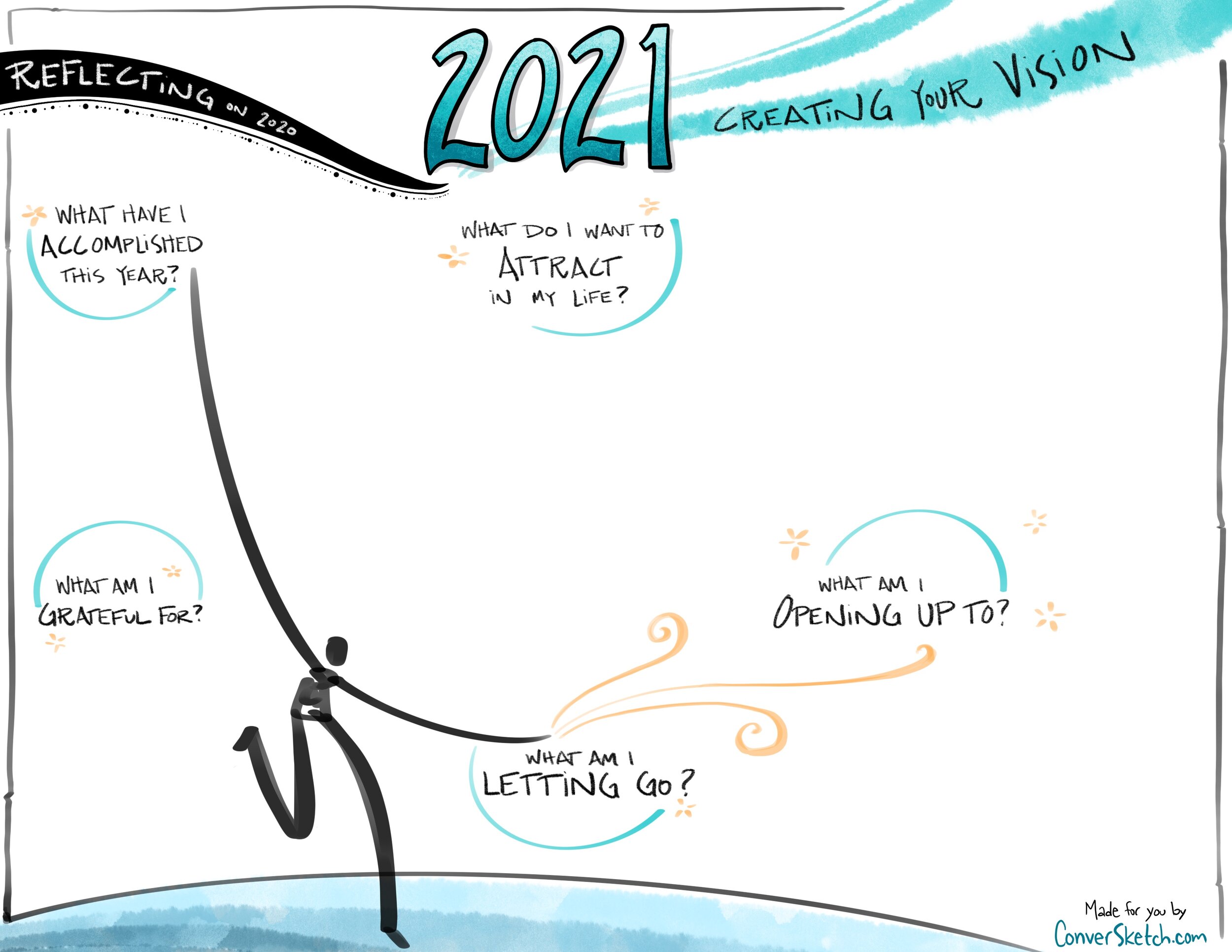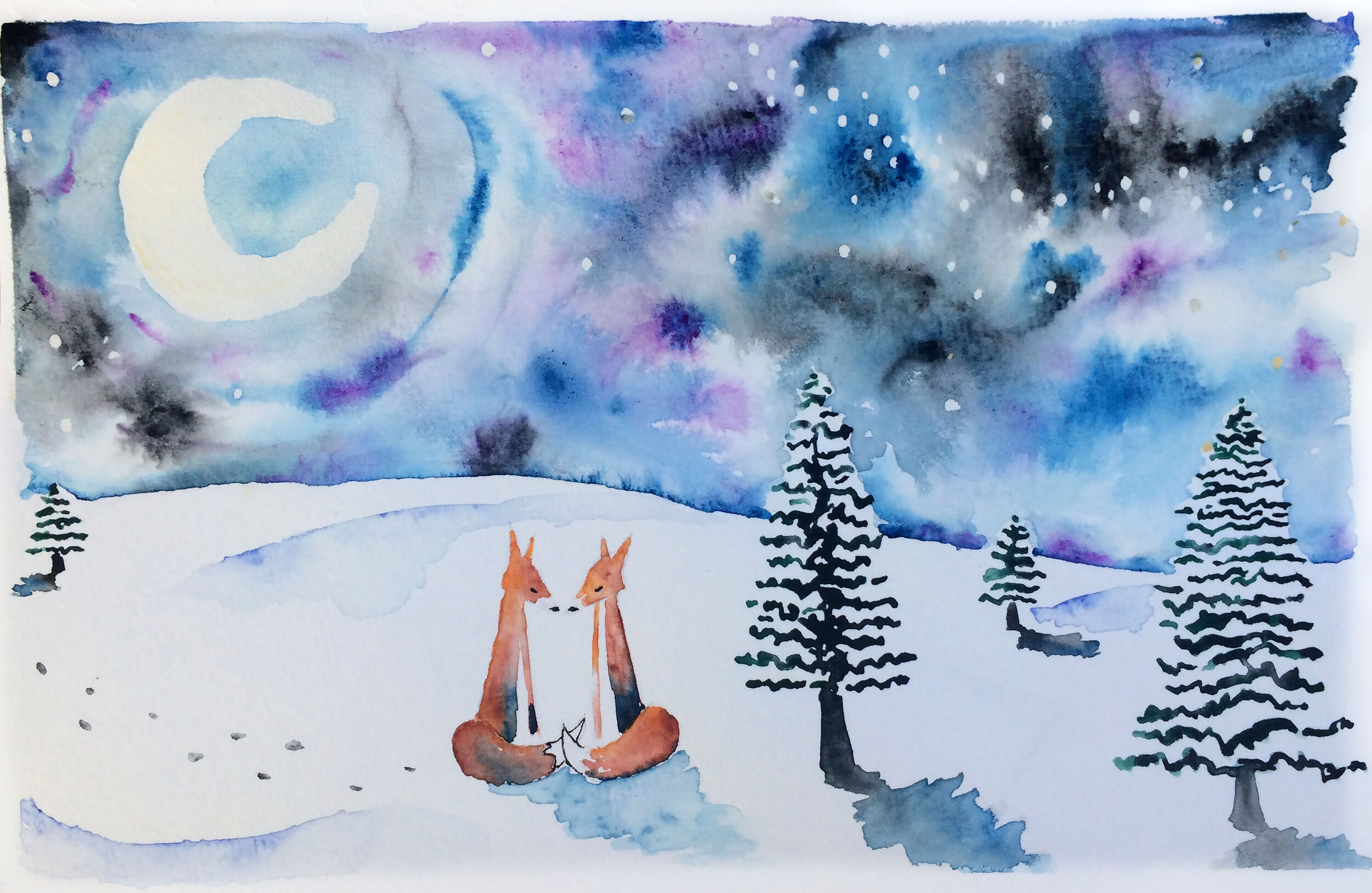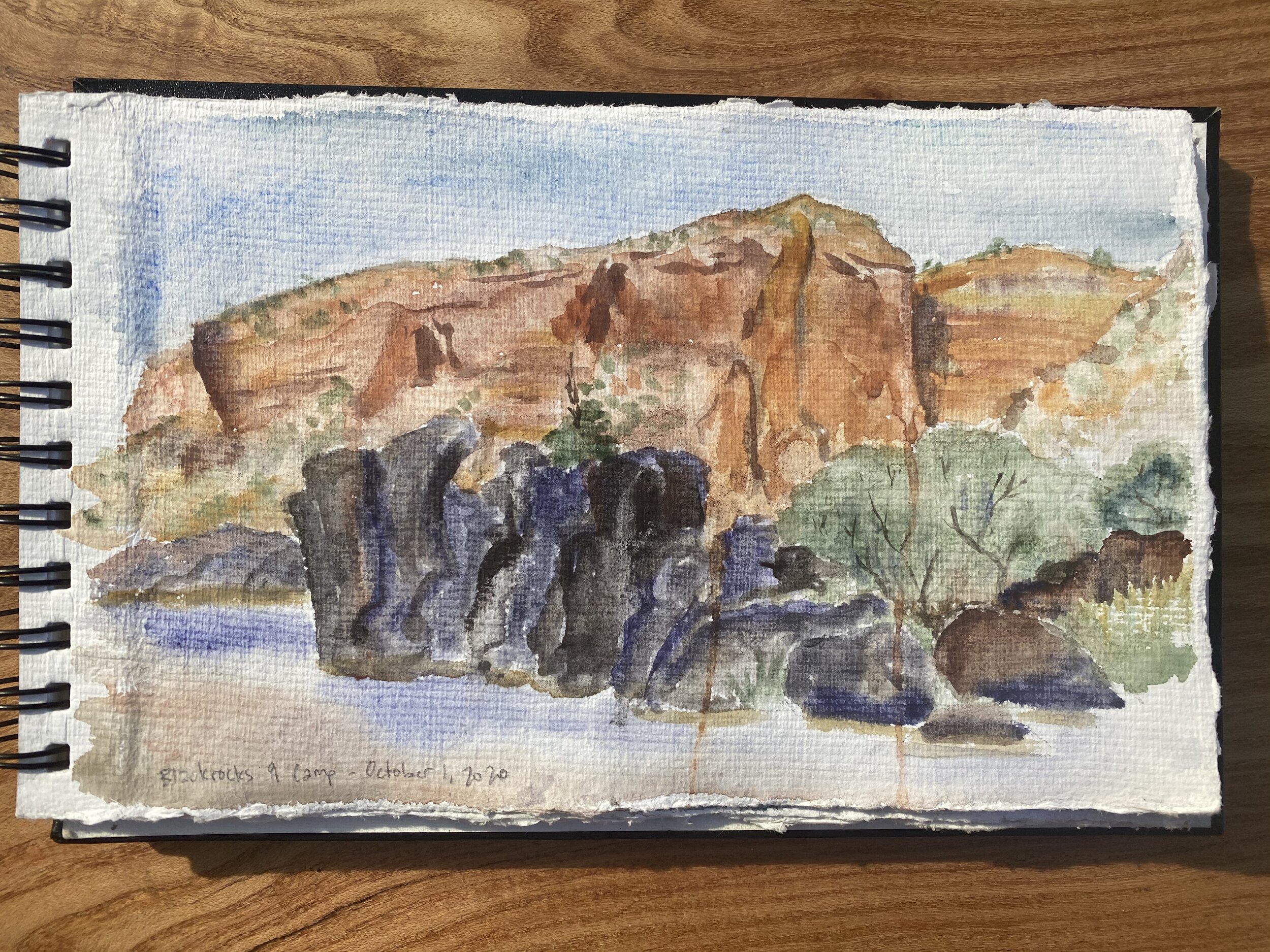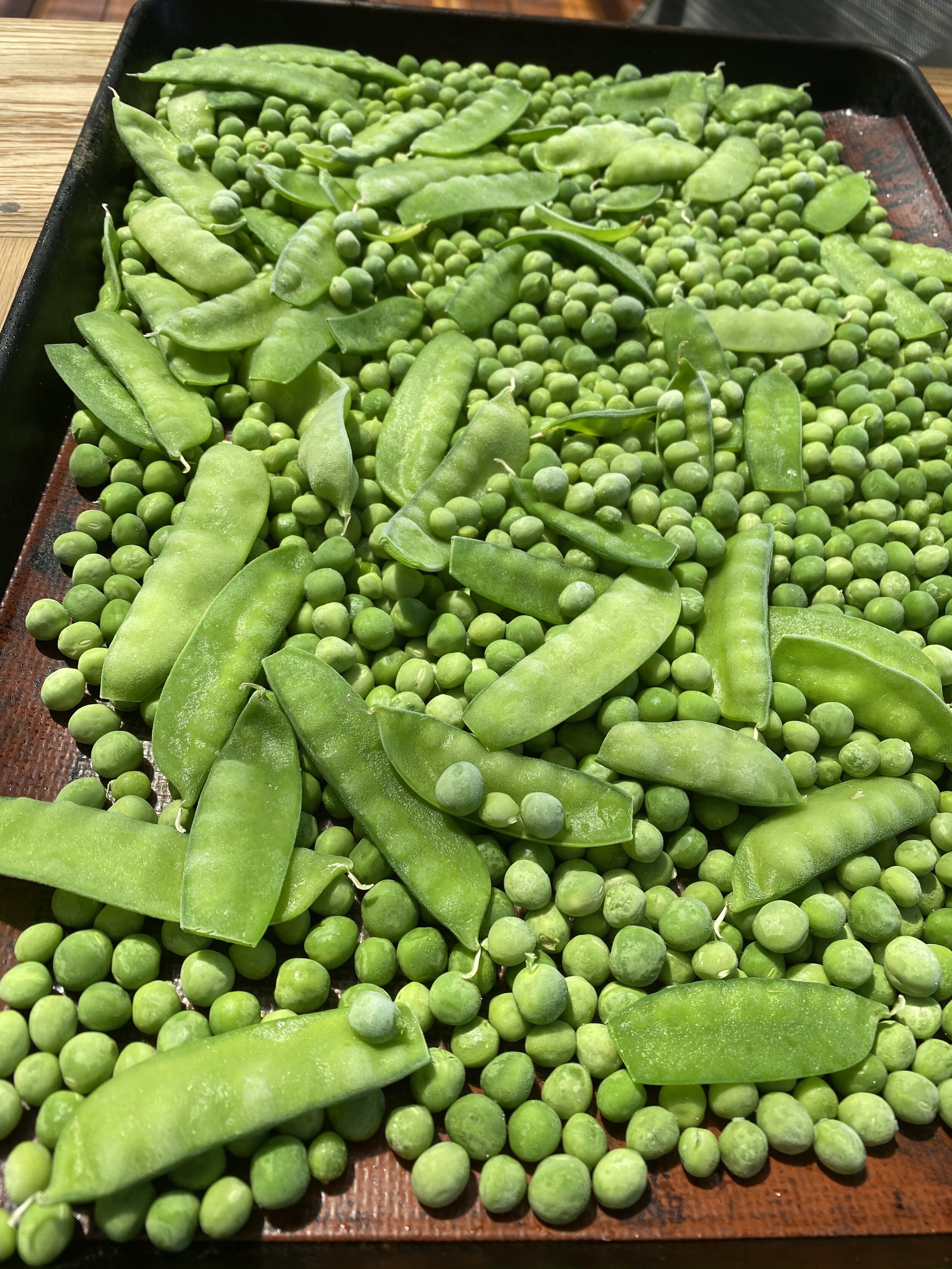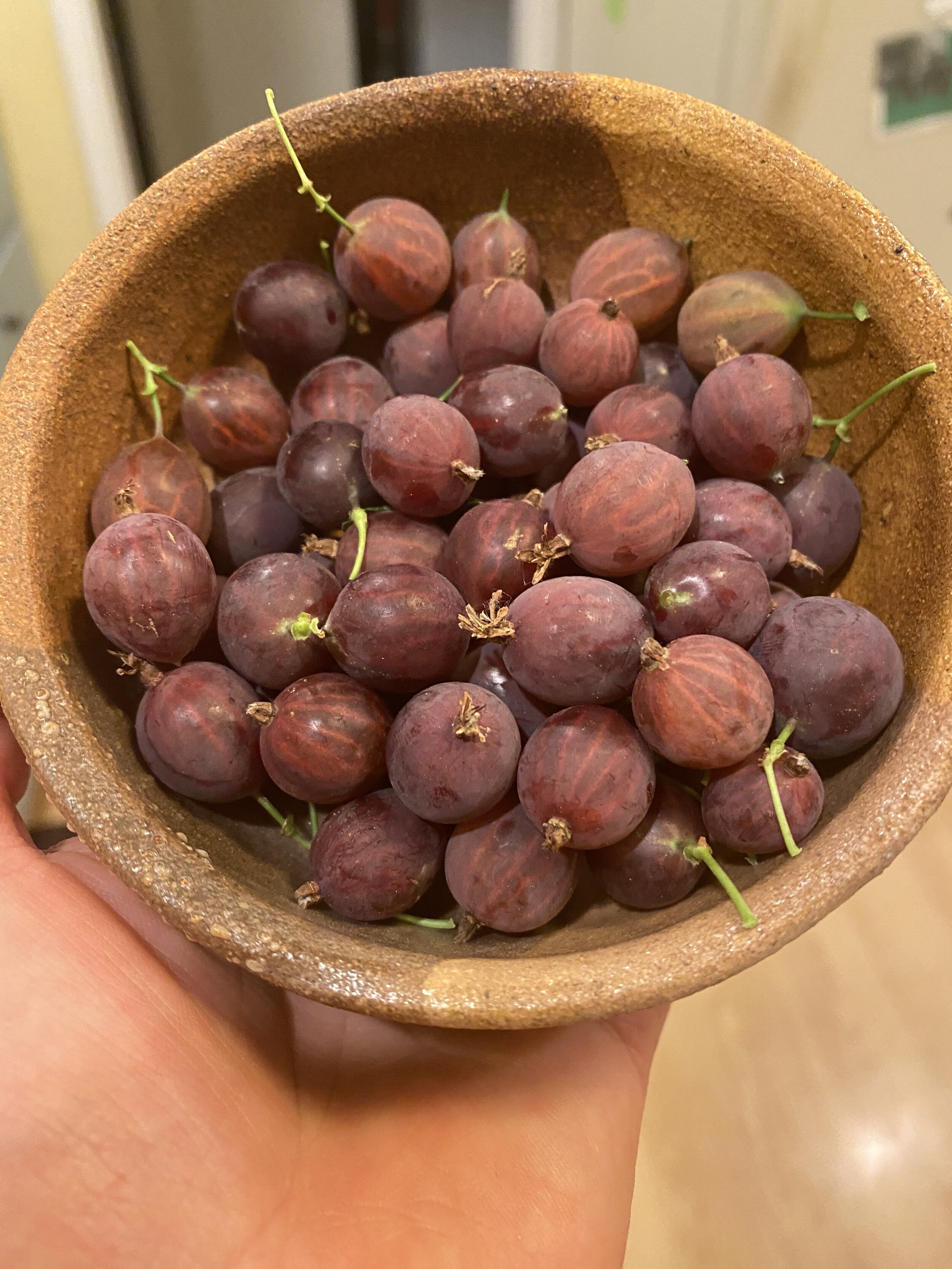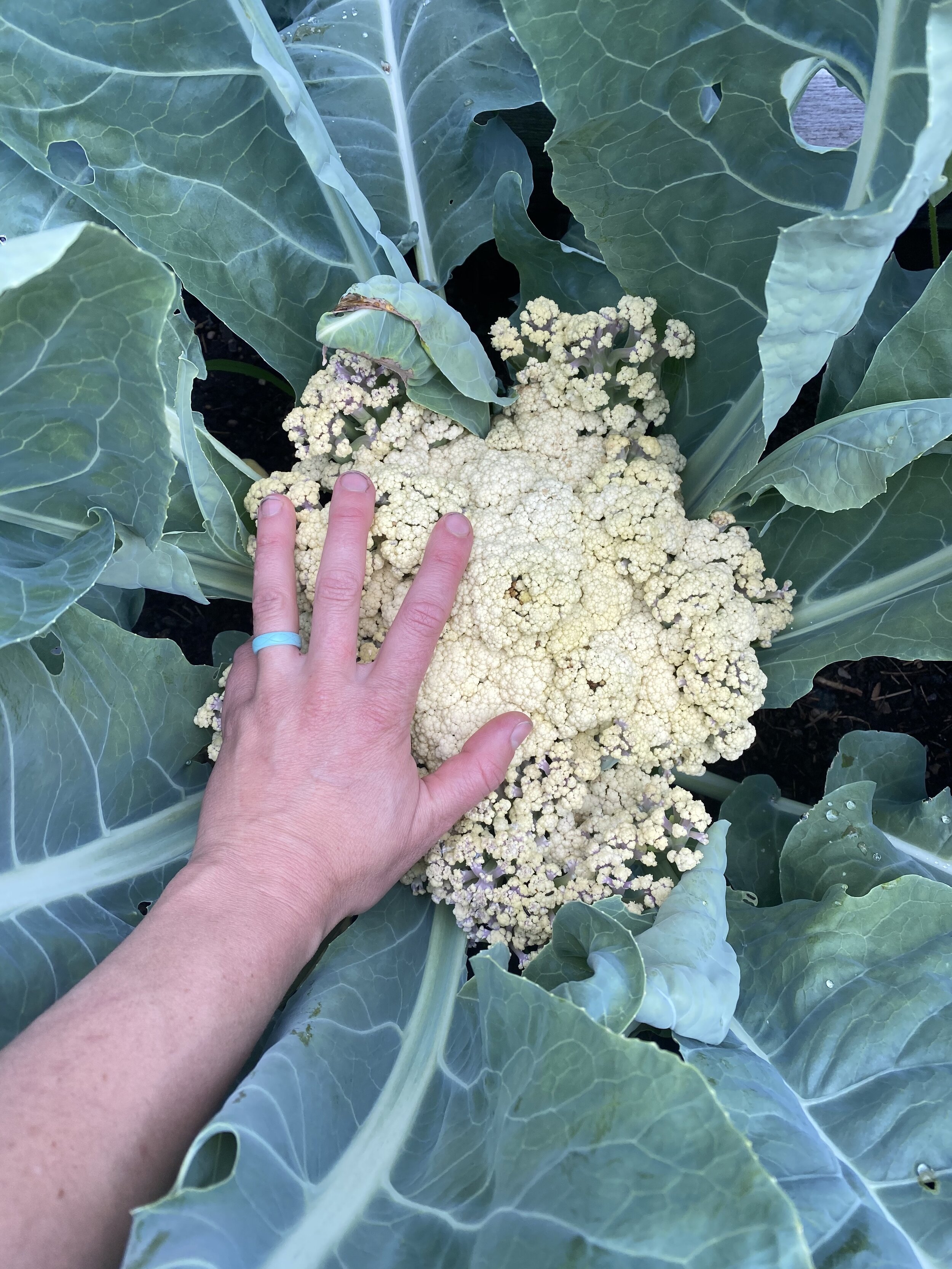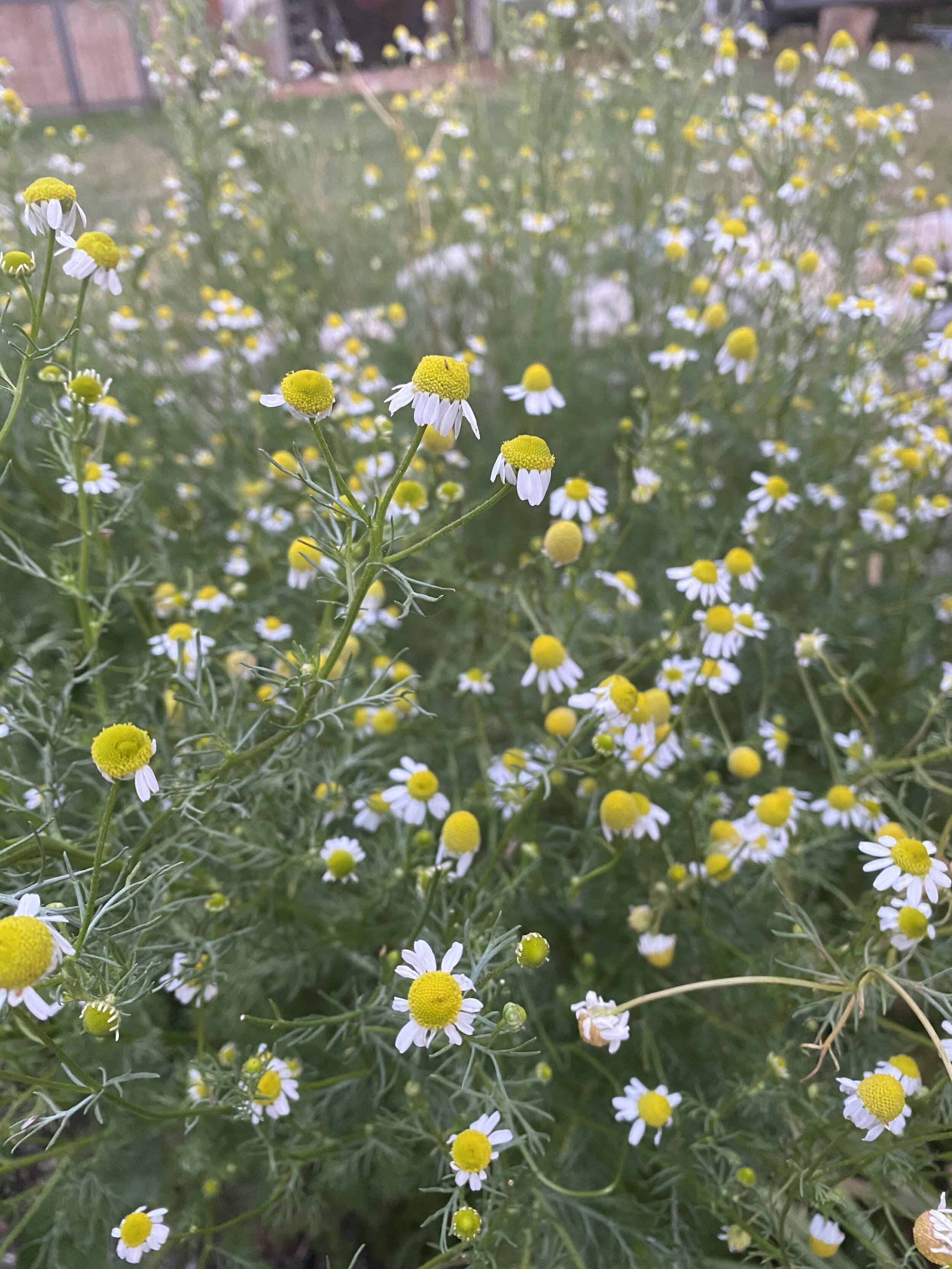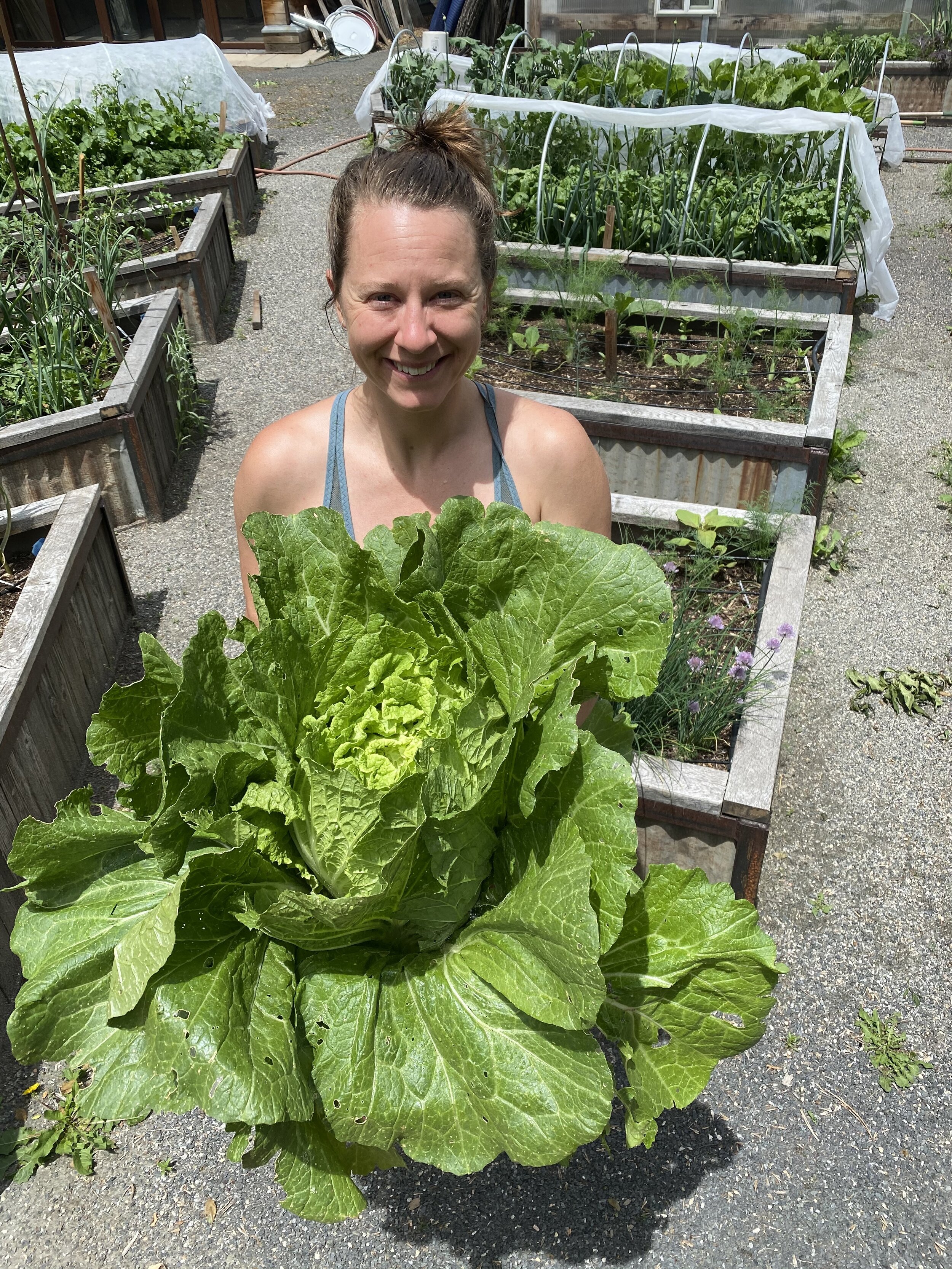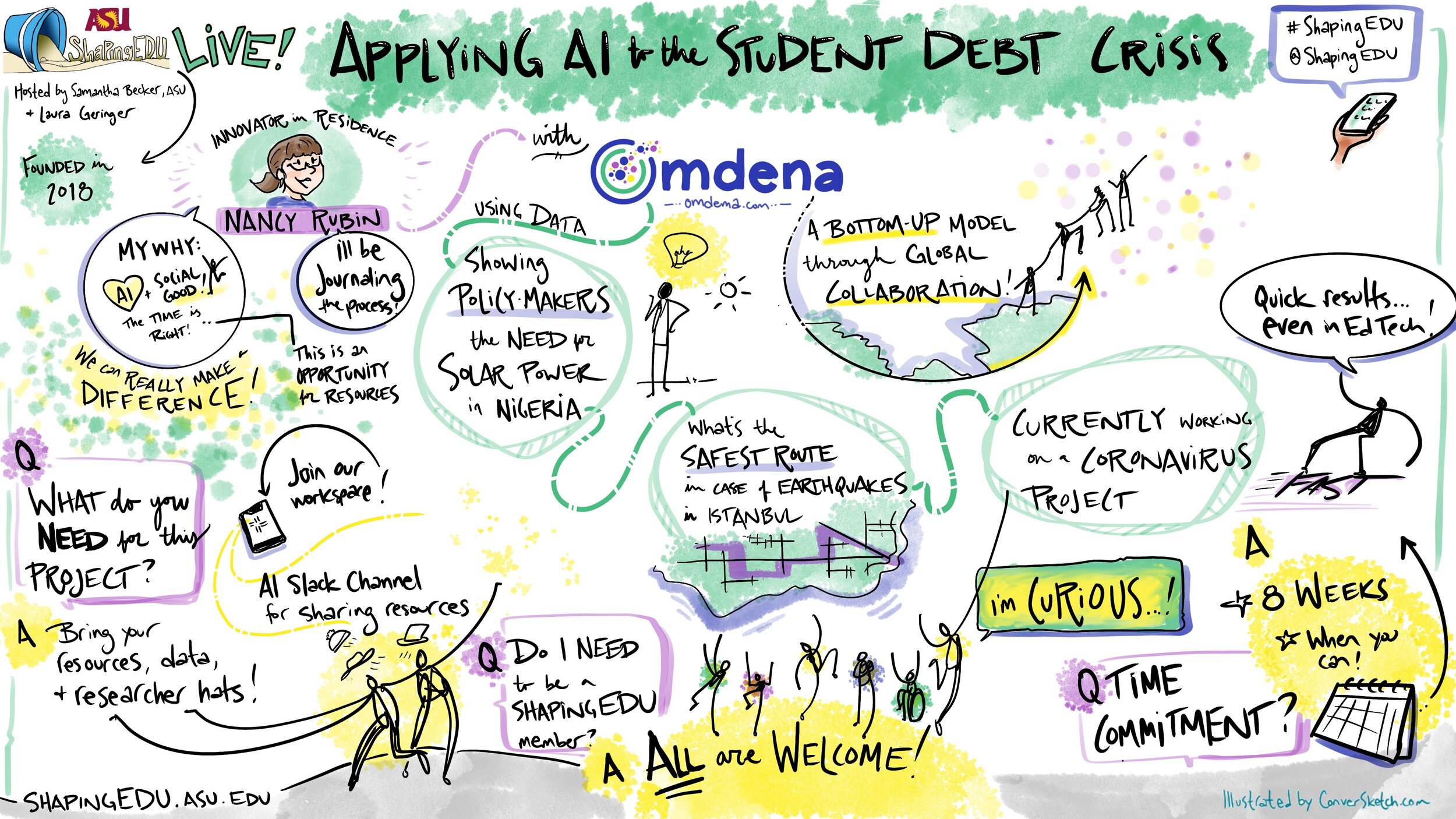How do you hold the space for groups to do deep, meaningful work while tolerance for long virtual meetings wanes? Taking time before the meeting to craft the questions that are imperative for the group to explore together means they will feel deeply that this couldn’t have just been an email.
I’ve been doing quite a bit of virtual graphic facilitation lately – from microbiologists to educators to socio-agro ecosystem researchers.
Inspired by my friend and colleague Janine at idea-360, who asks the best questions, here are some questions you can use to facilitate intentional time together, whether it’s 20 minutes or four hours.
Before the meeting:
What does success look like walking out of this meeting?
Knowing this, what do we need to design/plan to do?
During – This varies depending on your purpose – here are a few to spark your creativity:
What is the unique value we provide? To whom?
What is our grand challenge?
What demands our attention?
How might we…in order to…
After:
Plus - What did we like?
Delta - What would we do differently next time?
Once again, thank you from my heart and soul for your support, great senses of humor, brilliant minds, collaboration and what you're each doing to make the world a better place.
Cheers,
Where in the Virtual World is ConverSketch?
Head’s Up! I’ll be out of the office October 28 through November 22 without phone or email. With a 1 in 2,500 chance, we got a follow-up lottery permit to raft the Grand Canyon! Sound familiar? This will be our third time rafting the canyon - here’s a shot of me rowing Upset Rapid in 2019. Thanks for your patience, and if you want to explore the Grand, you can click through Google’s “street view” down the river.
Aspen Colorado: For the Tech Policy Institute’s annual Forum. It was amazing to get to work on paper with people in the room, and I applaud the TPI for their intentional and rigorous safety measures for an in-person gathering.
Upcoming Announcement: I have some very exciting news to share, but not quite ready yet! Stay tuned – I’ll be announcing this mystery in the newsletter on September 8th!





